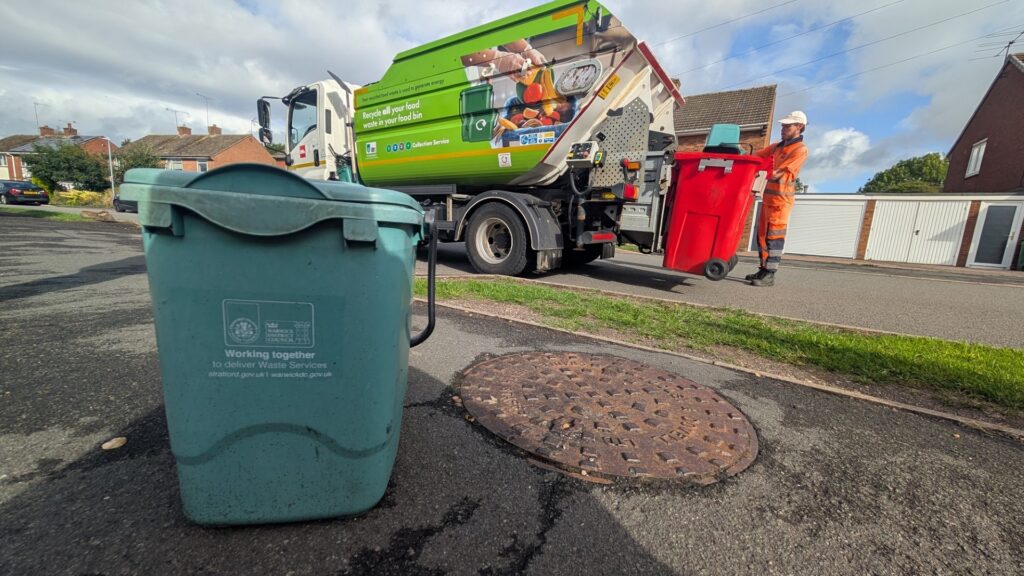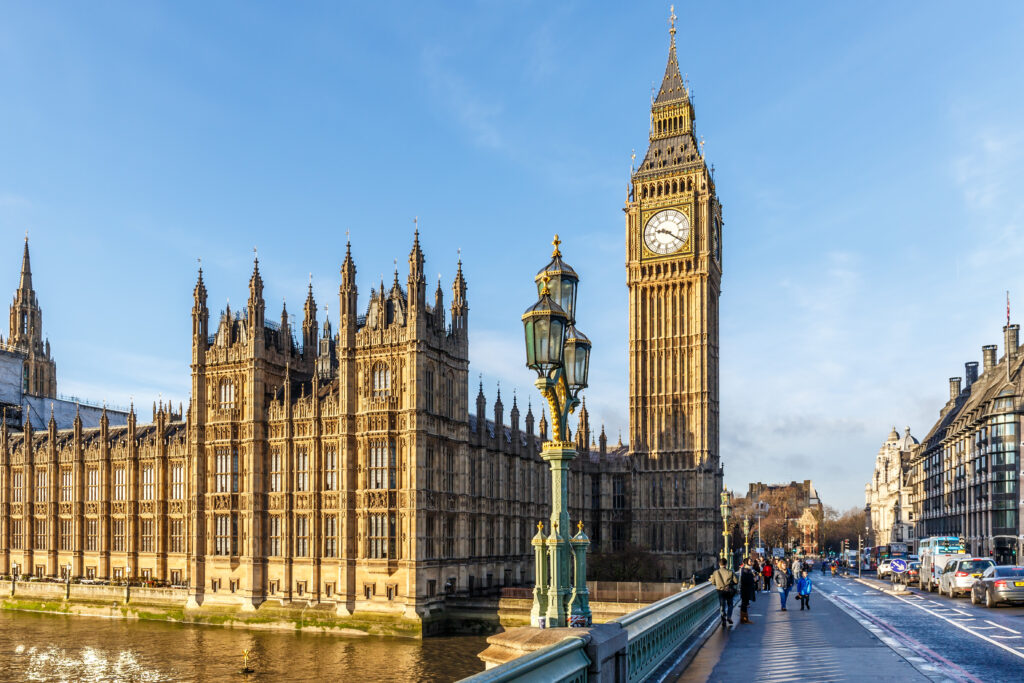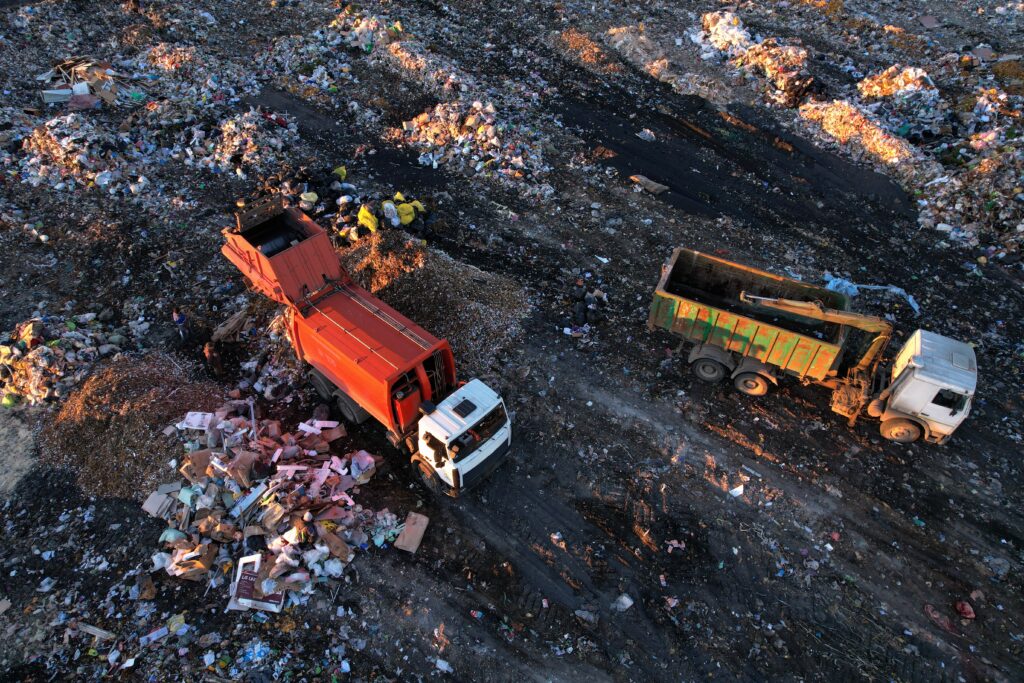At a meeting of the Associate Parliamentary Waste Group, stakeholders from the Hazardous Waste Forum said the industry desperately needed more guidance and assurance from central government about what sort of treatments to use on hazardous waste when co-disposal ends next July.
It is expected that most of the UK's hazardous waste landfills will close, leaving about 3.3 million tonnes of hazardous waste needing alternative disposal routes. Agency chairman Sir John Harman said more money was also vital if the regulator was to enforce the expected “step change” in waste treatment from disposal to treatment.
Treatments
The most likely alternative treatment routes include stabilisation/solidification (adding concrete to soils or other wastes to prevent leaching), physico-chemical treatment (for soil and water separation and chemical industry wastes), solvent recovery, waste water treatment (in sewage works), bioremediation (treatment of contaminated soils on site before putting them back on the land), high temperature incineration and co-incineration (in cement kilns).
New data collected by consultancy Enviros for the Hazardous Waste Forum has revealed that although the UK currently treats just 1.4 million tonnes of waste using stabilisation/solidification, physico-chemical treatment and cement kilns, by 2004, these industries, as well as high temperature incinerators (HTI) and landfill sites should have the capacity to take 2,985,000 tonnes. But the type of capacity available does not fit with the types of waste produced.
UK best estimates on current and required capacity for hazardous waste treatment by July 2004
| Treatment | Capacity currently used (tonnes) | Additional capacity available by 2004(tonnes) | Additional capacity needed by 2004(tonnes) |
| Stabilisation/solidification | 100,000 | 475,000 | 696,000 |
| Physico-chemical | 1,200,000 | 300,000 | 204,000 |
| Solvent recovery | – | Unknown | 1,000 |
| Bio-remediation | – | Unknown | 293,000 |
| Waste water treatment | – | Unknown | 38,000 |
| HTI | N/A | 110,000 | 153,000 |
| Co-incineration | 100,000 | 300,000 | 286,000 |
| Landfill | – | 400,000 | 2,343,000 |
| Total | 1,400,000 | 1,585,000 | 4,014,000 |
Source: Enviros
Gill Weeks, regulatory affairs director of Cleanaway and head of the Hazardous Waste Forum treatment and capacity sub-group, said there will be a shortfall of more than 200,000 tonnes capacity for stabilisation treatments. We will need 293,000 tonnes worth of bioremediation treatment, which is not currently practised in the UK, and as much as 90,000 tonnes' HTI capacity, she said. But the biggest discrepancy will be in landfill, she said – about 2.3 million tonnes will be needed, but only 400,000 tonnes are currently planned for – in either hazardous sites or non-hazardous sites with licensed hazardous cells.
Ms Weeks said non-hazardous landfill sites will be the biggest disposal route. “There could be about two million tonnes of hazardous waste cells in non-hazardous sites and this could be available more quickly than trying to develop hazardous waste treatments,” she said.
Questions
But Ms Weeks told letsrecycle.com that two questions must be resolved as soon as possible so the industry can invest in suitable facilties: firstly, can certain wastes, which meet the Waste Acceptance Criteria, be sent straight to landfill without pre-treatment? This would reduce the need for solidification, which can double or triple the weight of a material, she said.
And the second question, raised by several speakers at the meeting, was whether some hazardous waste could be re-classified as non-hazardous after suitable treatments. This could have a huge impact on treatment methods, as it could mean wastes which start as hazardous could be put into non-hazardous landfills – not inside separate cells – after certain treatments.
Dr Gev Eduljee, technical director of SITA, criticised the UK government for failing to provide support for the changes needed and estimated the UK needs additional capacity of six new incinerators, 12 stabilisation plans, 14 cement kilns, 15 hazardous waste landfill and 18 soil remediation facilities.
The Agency is particularly worried about the increased costs of specialist treatments. Sir John Harman said: “The government must provide us and the industry with clear leadership. It needs to work with local government on planning and siteing, and with the Agency to produce a series of waste strategies which take account of landfill facilities.”








Subscribe for free